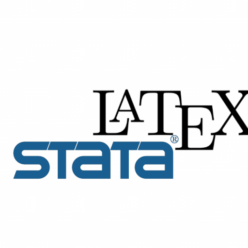The following do-file can be used to plot age regressions that do not assume any functional form. It uses dummies for each year of age. Note though, that you need a dataset that has sufficient observations to estimate it.
--------------- begin do file ------------------------------
* reg_age.do
* regression with age dummies
* inspired by Lex Borghans
*
* Ben Kriechel
* v. 0.1
* 2007.01.23
*
* requires: `1' ==> y
* variable y ==> wage
* variable age ==> age in years
capture drop _Iage*
/* I leave out age 35 */
char _dta[omit] “_Iage_35”
capture drop y
gen y=`1′
xi: regress y i.age
capture drop b low high aage
gen b=.
gen low=.
gen high=.
gen aage=_n if _n>=15 & _n<=100
forvalues y=15/100 {
capture replace b = _b[_Iage_`y’] if _n==`y’
capture replace low = _b[_Iage_`y’]-1.96*_se[_Iage_`y’] if _n==`y’
capture replace high = _b[_Iage_`y’]+1.96*_se[_Iage_`y’] if _n==`y’
}
line low b high aage if aage<.
exit
————— end do file ——————————

Leave a Reply
You must be logged in to post a comment.